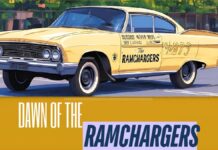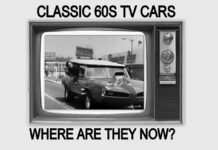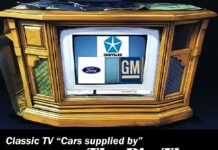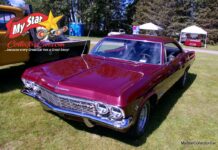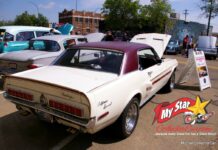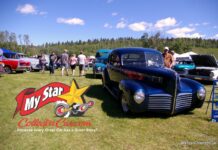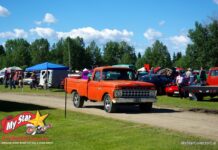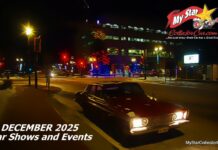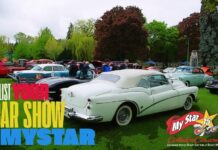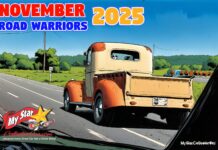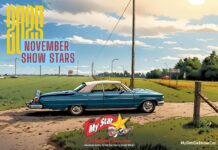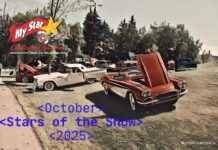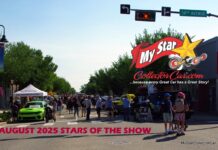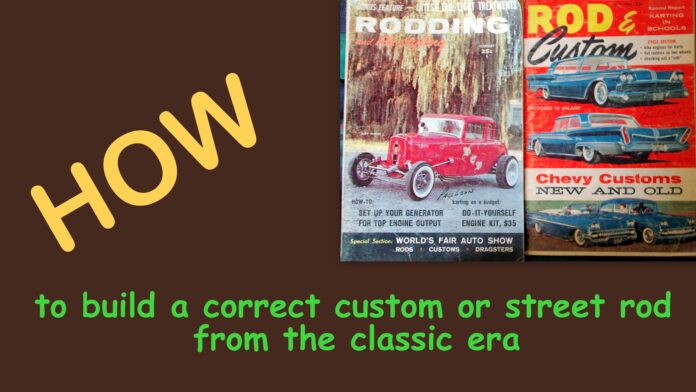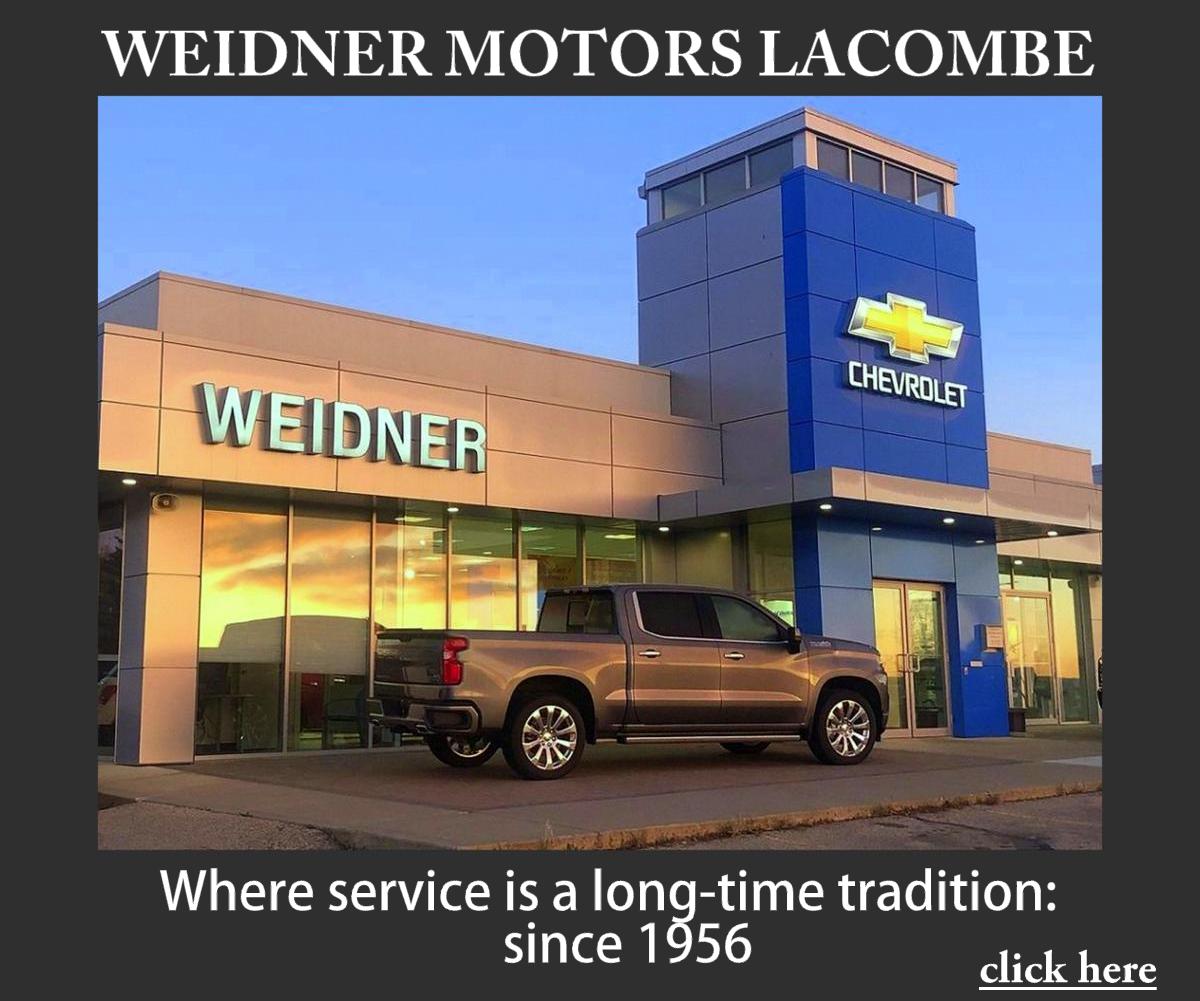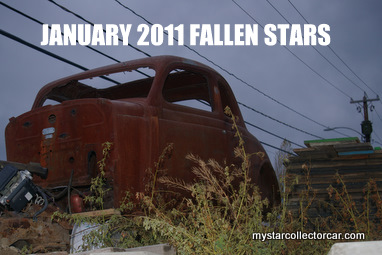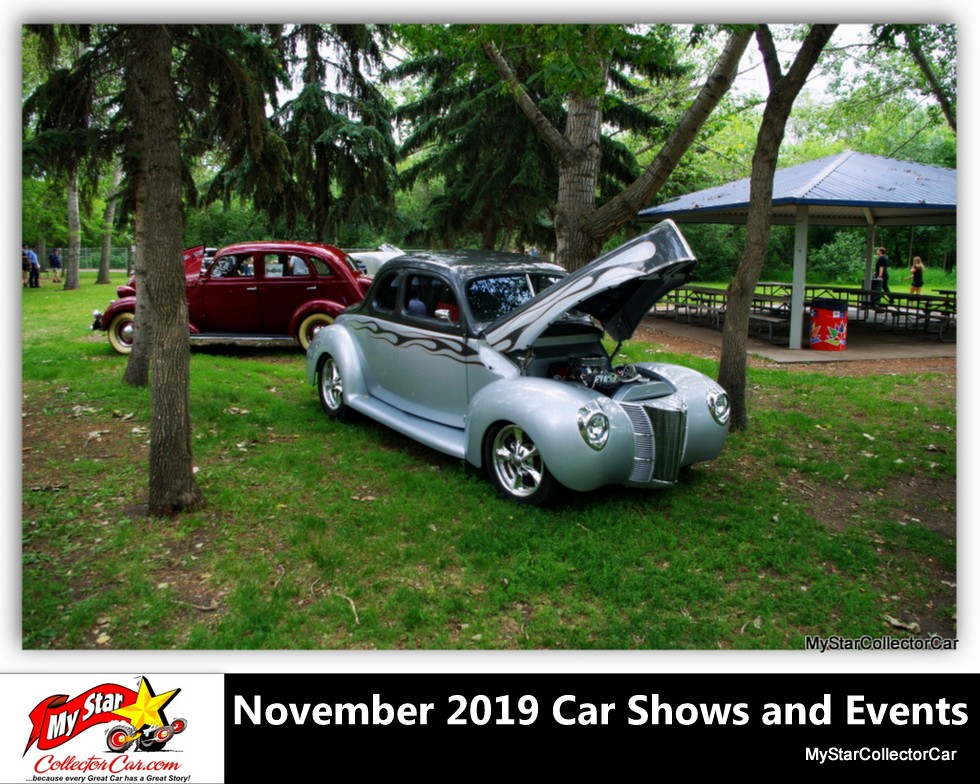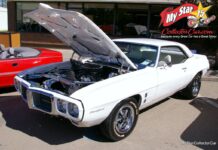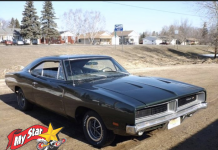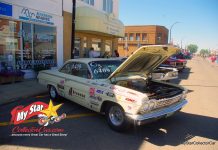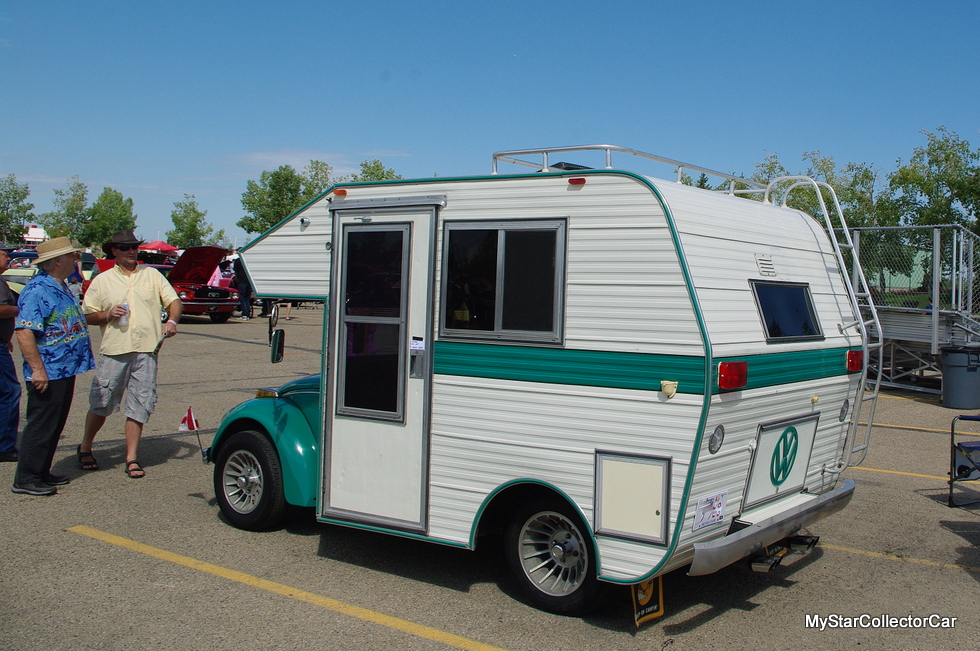The classic era (in my opinion) for street rods and customs is found in the mid-1950s to the early 1960s.
Hardcore street rod fans will say the post-war era was the classic one and even harder core street rod fans will move the date back to when the flathead Ford V-8 was introduced in the early 1930s.
Nevertheless, here’s some advice on how to build a perfectly correct custom or street rod from the classic era.
Jerry Sutherland
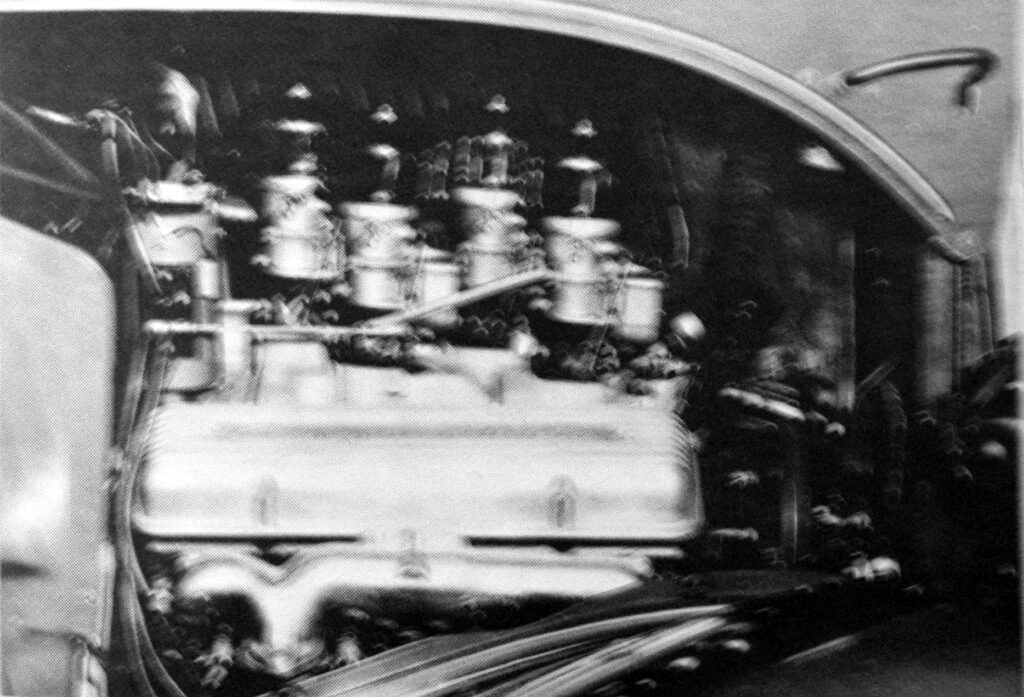
You’ll have to find a V-8 from the 1950s. The search then was not like now where you simply plunk a Chevy 383 stroker under the hood and move on to the paint job.
Find something like a 322 cubic inch Buick Nailhead V-8–or an early 50s Cadillac 331—or a 392 cubic inch Chrysler hemi from 1957-8.

I know–you haven’t been able to find engines like that at your local auto wrecker since the Nixon administration. Who said this would be easy?
The transmission is another story. Automatics were becoming more common by the early 60s, but traditional street rod builders liked 3-speed grinder manual transmissions from a ‘40 Ford with a 5:83 rear gear from a Ford truck.

In other words, they were looking for an indestructible transmission, marginal top speed and brutal gas mileage—and spectacular 0-60 mph times. How this will work on a 21st Century freeway is a poker game, but that’s the price for accuracy.
Customs are less strict because you can combine anything in your quest for classic era cool factor. Car guys looked at other cars and picked the trim pieces, taillights, grilles, headlights and any other things that looked cool. Mid-50s Packard lights were really hot—so were mid-50s Plymouth taillights.
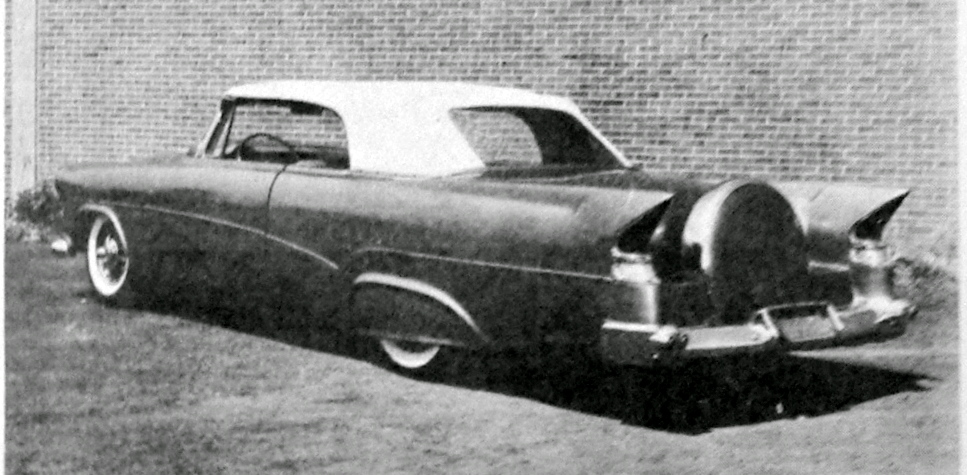
They didn’t stop with one car in the classic era. Some customs from that era had four or five pieces from different manufacturers simply because the builder liked to paint with a big brush. This mix included bumpers, grills and wheel covers from other makes, because car guys in the classic era saw every car as a donor car.
That’s why you’ll have to graft mid-50s fenders on an early 50s custom if you want to build an accurate car.
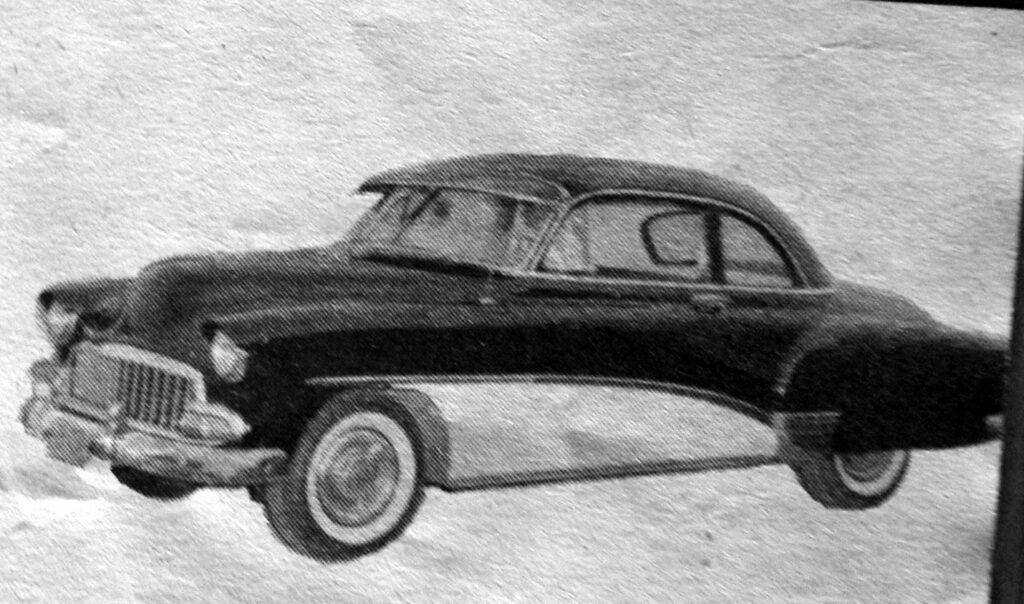
You’re also need bubble fender skirts and short lakeside pipes if you want to build an accurate dream classic from the late 50s. Don’t forget to throw a TV into the equation because that item told the world you went that extra mile to make the interior as cool as the exterior.
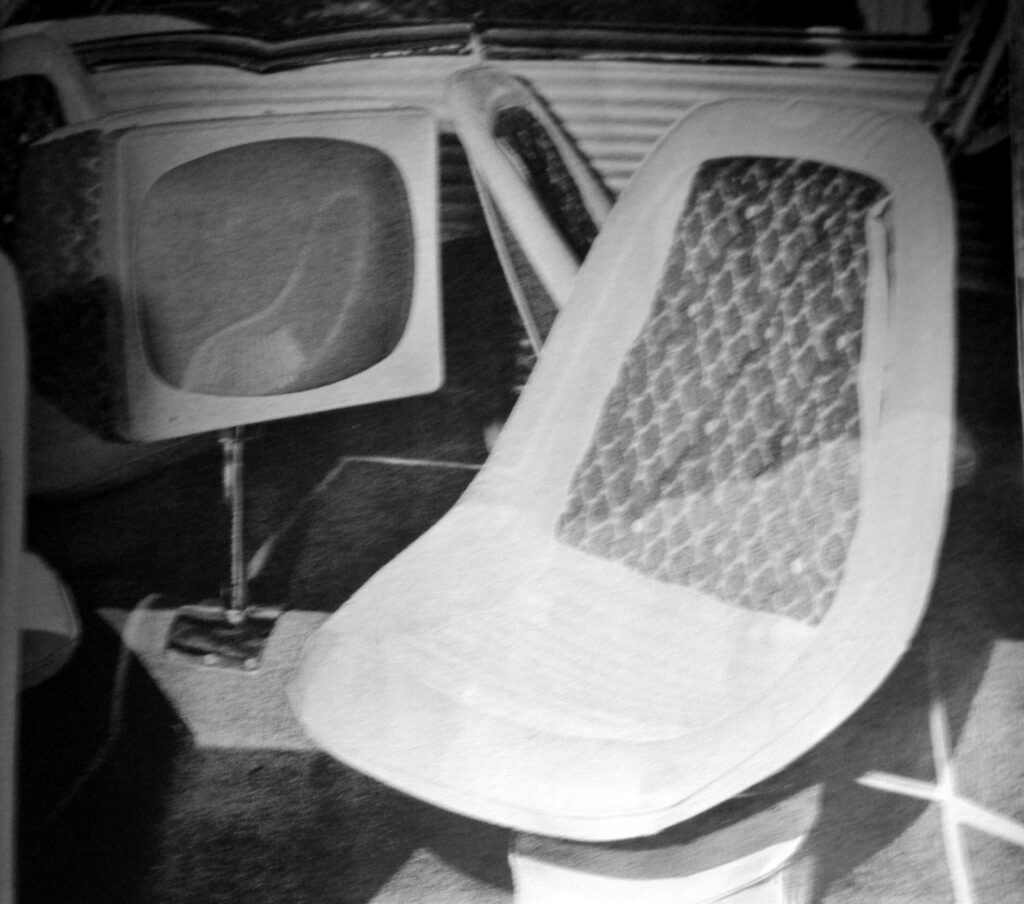
A car phone was a massive expense in the late 50s and early 60s, but it was the kind of thing that got you a giant trophy at big shows. A record player was less costly, but both added cool factor to a classic era custom.
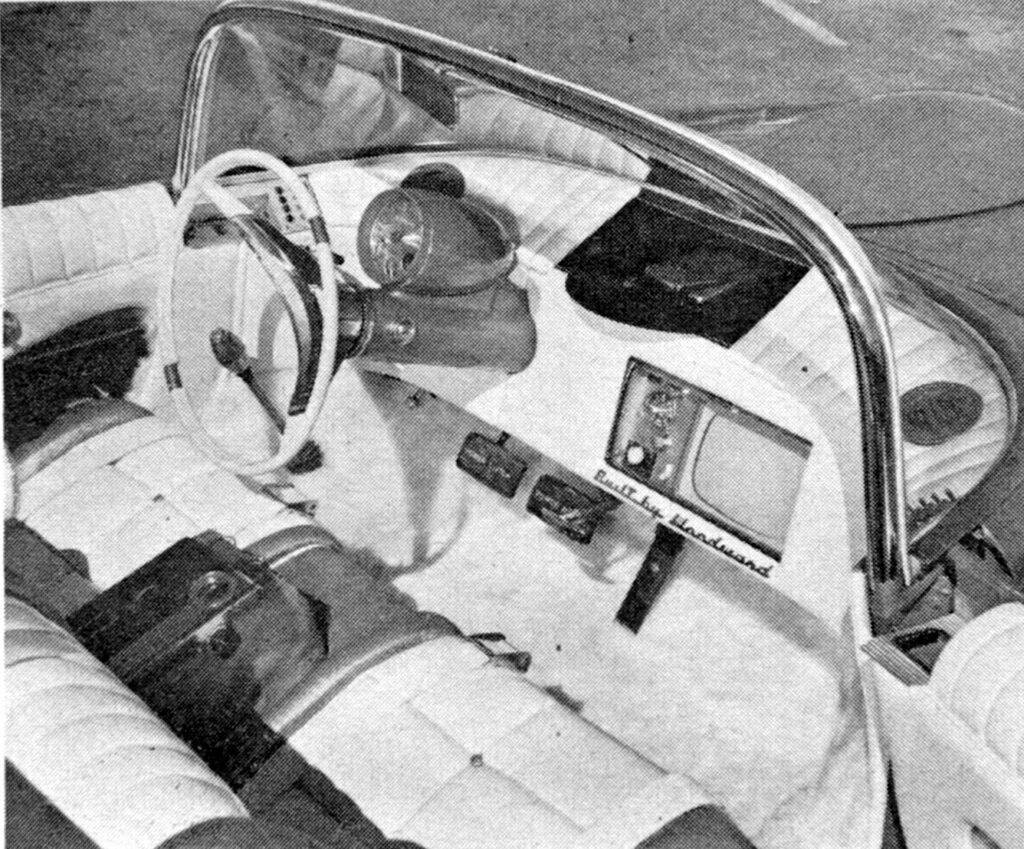
Scallop paint jobs are also mandatory for an accurate classic era custom because every car guy wanted that edge in the look-at-me contest.
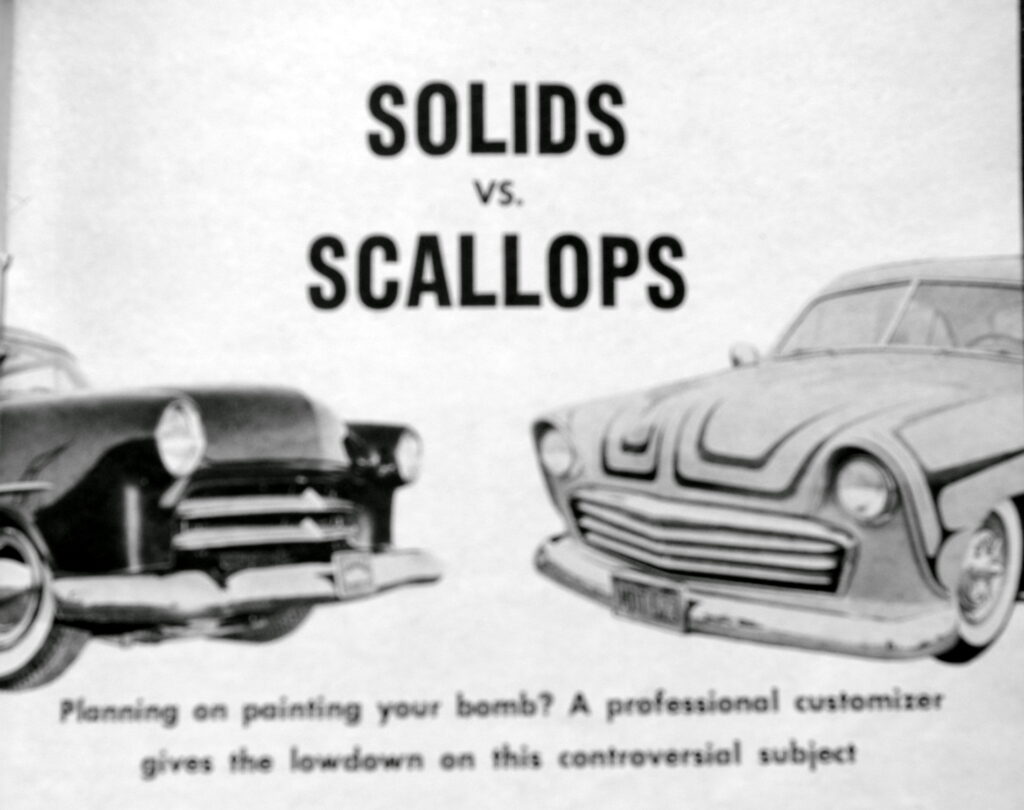
The other thing to complete the classic look is a lower stance. They weren’t belly-crawlers like you see in today customs, but most guys like to drop their cars a few inches down from factory specs.
There are other things to consider like custom interiors, but the best advice is to research old custom and street rods magazines to find out what you need to do for an accurate recreation of late 50s-early 60s cool.
Jerry Sutherland
By: Jerry Sutherland
Jerry Sutherland is a veteran automotive writer with a primary focus on the collector car hobby. His work has been published in many outlets and publications, including the National Post, Calgary Herald, Edmonton Journal, Ottawa Citizen, Montreal Gazette, Saskatoon StarPhoenix, Regina Leader-Post, Vancouver Sun and The Truth About Cars. He is also a regular contributor to Auto Roundup Publications.
- CLICK HERE TO SIGN UP FOR THE NEWSLETTER
- CLICK HERE to Like us on Facebook
- CLICK HERE to Follow us on Twitter
- CLICK HERE to Follow us on Pinterest
Please re-post this if you like this article.



